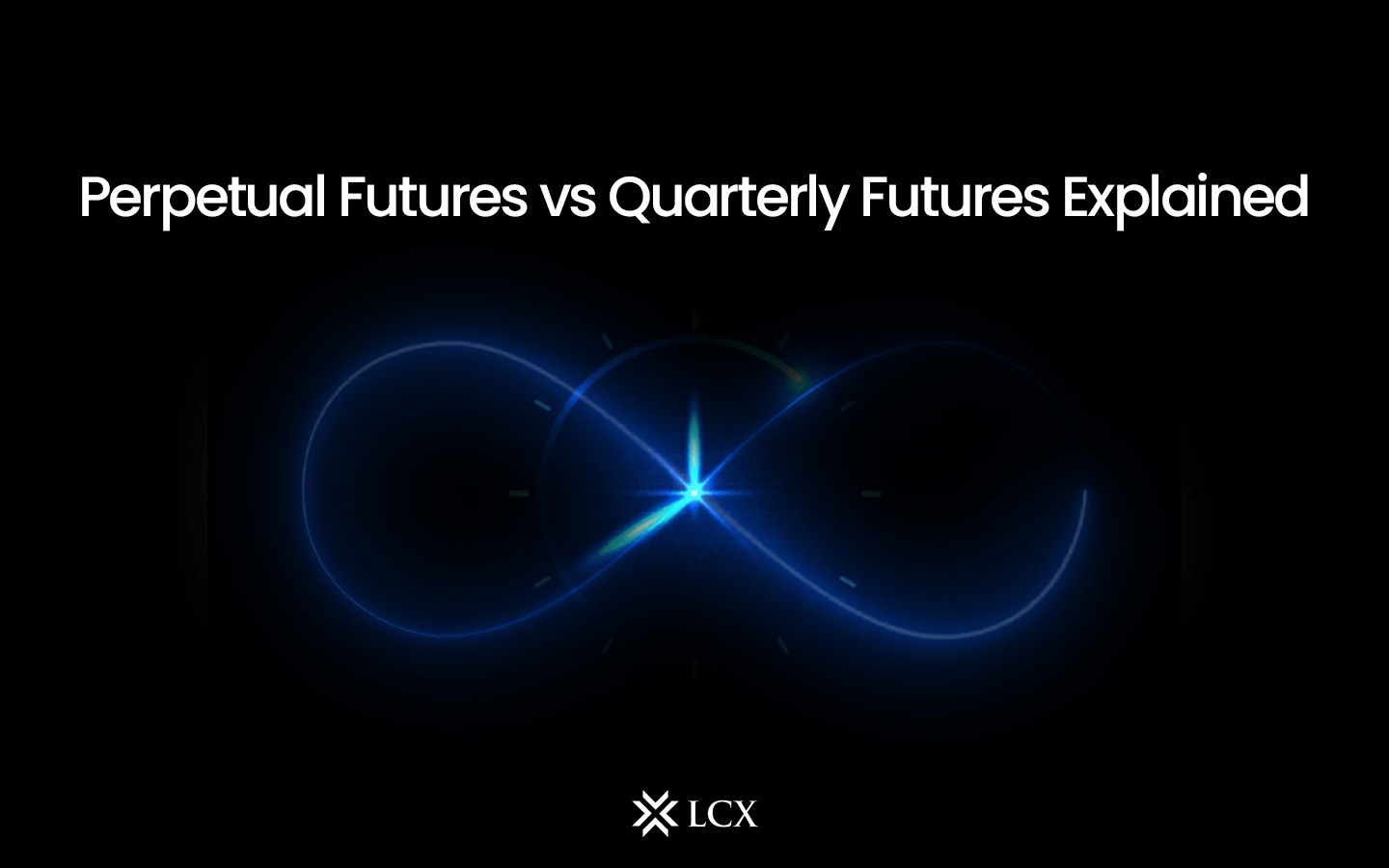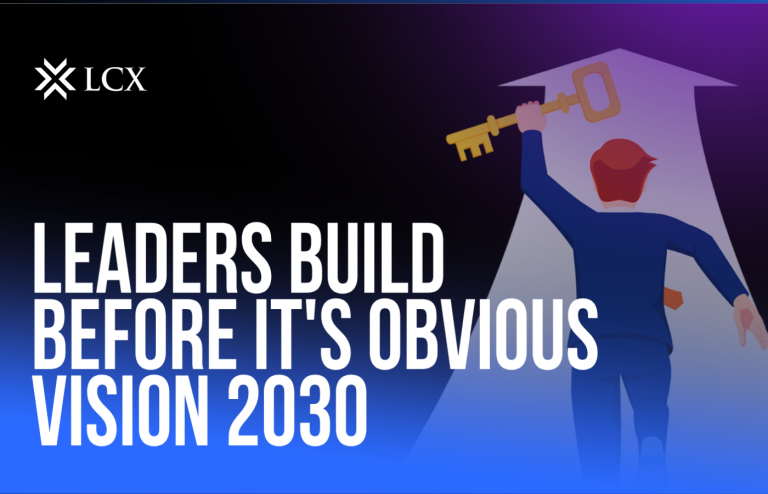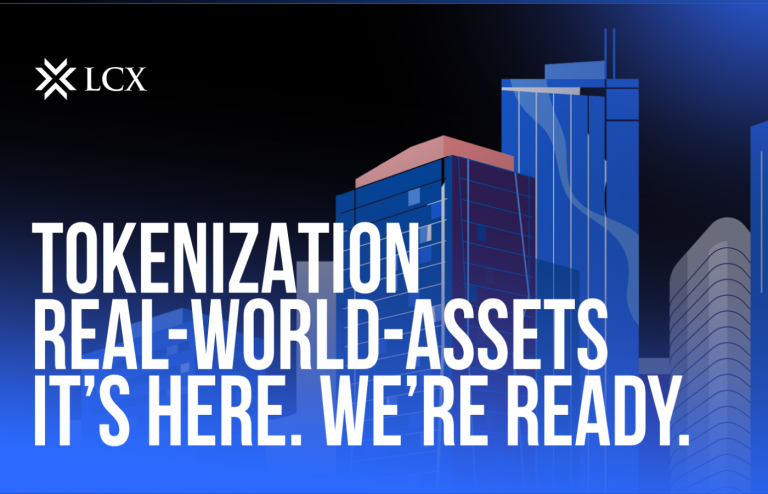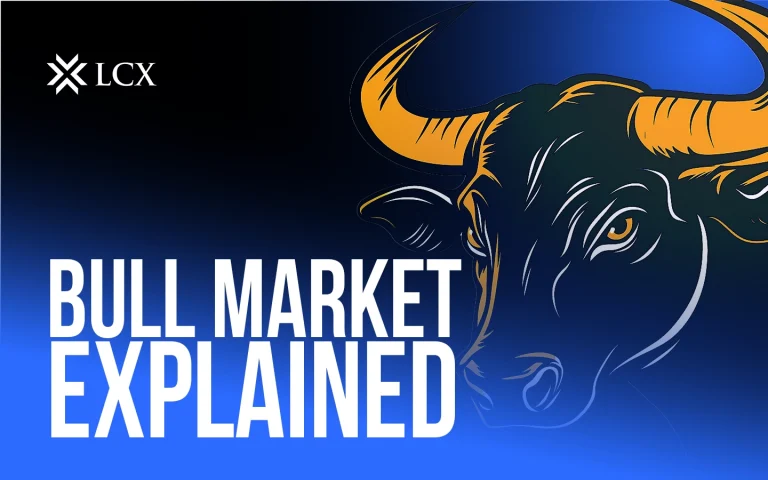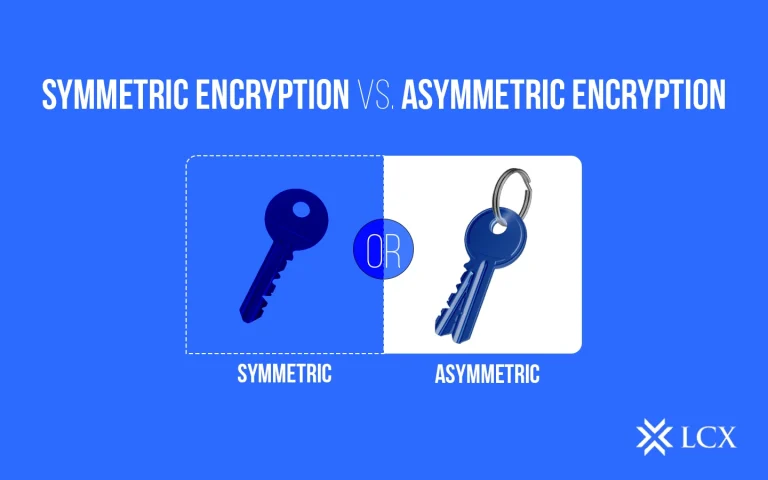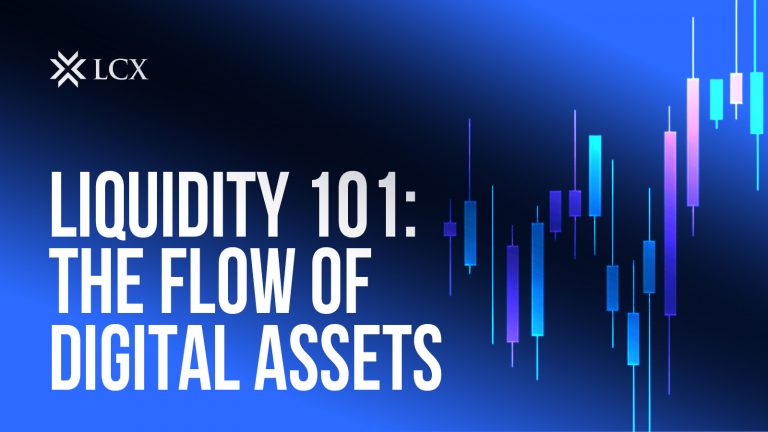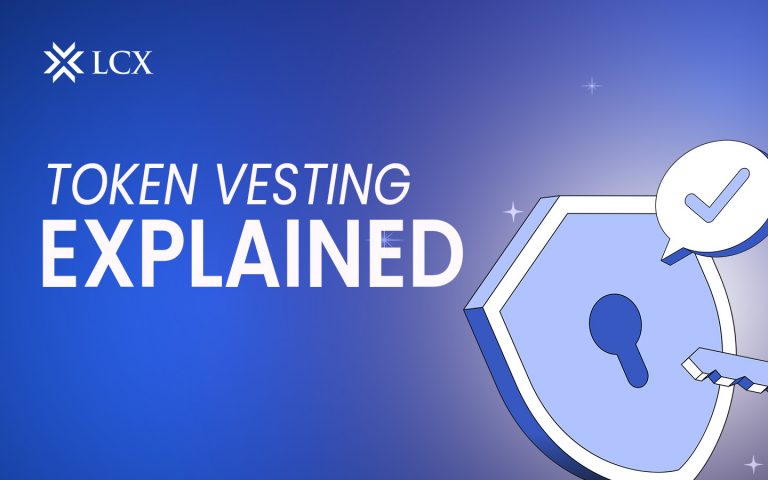Introduction
In the ever-evolving domain of cryptocurrency trading, maintaining a competitive edge is critical. With the ongoing fascination with digital assets among both experienced and novice investors, the realm of options trading continues to broaden. Quarterly futures and perpetual futures are two well-liked instruments that have earned considerable traction. It is now vital to comprehend the subtle differences that distinguish the two. Particularly for those who are new to the cryptocurrency market, the terminology itself can be somewhat peculiar. The objective of this article is to explain the complexities associated with these trading instruments.
What Is Crypto Futures Contract?
Futures contracts have become indispensable instruments for investors who wish to profit from price fluctuations without possessing the underlying assets. A futures contract signifies a contractual arrangement between two parties to purchase or sell a designated quantity of a cryptocurrency asset on a predetermined date in the future, at a predetermined price. This contractual arrangement allows investors to speculate on the future price movement of a cryptocurrency asset without physically possessing the tokens.
Subsequent to this, we shall proceed to examine the intricacies and differentiations between perpetual futures and quarterly futures, elucidating the operational mechanisms of these contracts, the benefits they provide, and the factors that traders ought to contemplate.
What Is a Perpetual Futures Contract?
Perpetual futures contracts represent a groundbreaking progression from conventional futures contracts, which were strategically designed to establish a perpetual and dynamic trading environment exclusive to cryptocurrency markets. In contrast to conventional quarterly futures, which are characterized by pre-established settlement dates, perpetual futures replicate the dynamics of the spot market, enabling participants to partake in uninterrupted, perpetual trading devoid of any expiration.
Perpetual futures were developed in response to the demand for a trading instrument that more closely resembles the volatile characteristics of cryptocurrency markets. Conventional quarterly futures necessitate that traders periodically turn over their positions, a process that can be laborious and entail supplementary transaction expenses. The perpetual characteristics of these contracts obviate the necessity for perpetual rollovers, thereby streamlining the trading procedure.
Funding rates are a fundamental mechanism that differentiates perpetual futures. By encouraging traders to take positions that align the contract’s price with the underlying market price of the cryptocurrency, these rates help stabilize the contract’s price. Establishing a market-driven mechanism to preserve equilibrium, a funding rate adjustment is triggered in the event that the contract price deviates from the current price.
Pros and Cons of Perpetual Futures Contracts:
| Pros | Cons |
| Continuous Trading: No Expiration | Funding Rate Volatility |
| Mirrors Spot Market Dynamics | Potential for Over-leverage |
| Simplified Trading Process | Market Manipulation Risks |
| Potential for Higher Leverage | Higher Risk Due to Lack of Expiry |
| Seamless Transition Between Instruments | Requires Robust Risk Management Strategies |
What Is a Quarterly Futures Contract?
Quarterly futures contracts are an essential component of the cryptocurrency trading domain, providing participants with a systematic approach to monitoring the price fluctuations of the market within a designated period. Quarterly futures, as opposed to perpetual futures, which replicate perpetual trading environments, are governed by pre-established settlement dates, which frequently coincide with the conclusion of each quarter.
Traders can utilize these contracts to engage in speculation regarding the prospective trajectory of cryptocurrency prices without acquiring the underlying assets. Traders commit to purchasing or selling a specified quantity of the cryptocurrency at a predetermined price at the time the contract expires by engaging in a quarterly futures contract. This allows them to take advantage of market trends and price fluctuations, notwithstanding any discrepancies between the contract price and the current price.
The uses of Quarterly Futures Contracts are as follows:
Hedging: Quarterly futures contracts are frequently utilized by institutional investors and cryptocurrency miners to mitigate their exposure to price volatility. By securing prices in advance, prospective losses resulting from abrupt price fluctuations can be mitigated.
Speculation: Quarterly futures contracts may be utilized by short-term traders to profit from anticipated price movements. They are permitted to take positions on the basis of their market forecasts via these contracts.
Portfolio Diversification: By including quarterly futures in a diversified investment portfolio, one can gain exposure to the cryptocurrency market without having to retain the underlying assets in physical form.
Risk Management: Quarterly futures settlement dates provide traders seeking to mitigate risk with the ability to modify their trading strategies accordingly.
Pros and Cons of Quarterly Futures Contracts:
| Pros | Cons |
| Structured Timeframe: Predefined Expiry | Rollover Costs for Ongoing Trading |
| Well-Defined Settlement Dates | Limited Flexibility for Continuous Trading |
| Suitable for Hedging and Risk Management | Limited Leverage Compared to Perpetual Futures |
| Provides a Structured Trading Approach | Susceptible to Sudden Market Changes |
Perpetual Futures vs Quarterly Futures Contracts: A Comparative Overview
| Aspect | Perpetual Futures | Quarterly Futures |
| Expiration | No predetermined expiration date | Adheres to predetermined settlement dates at the end of each quarter |
| Trading Environment | Simulates a perpetual trading environment | Operates within structured timeframes |
| Rolling Positions | No need to roll over positions | Requires rolling over positions periodically to maintain exposure |
| Flexibility | Offers continuous trading | Limited to specific trading periods |
| Funding Rate Mechanism | Utilizes funding rates to stabilize prices | Not applicable; prices are determined by market demand and supply |
| Leverage | It can potentially offer higher leverage | Leverage is available but might be comparatively lower |
| Risk Management | Requires robust risk management strategies due to perpetual nature | Easier to manage risk due to structured expiration |
| Suitability | Suited for both long-term and short-term trading strategies | Well-suited for short-term trading and risk-management strategies |
| Use Cases | Ideal for traders seeking continuous exposure | Useful for those looking to speculate, hedge, or manage risk |
Both perpetual and quarterly futures contracts present unique benefits and factors to be taken into account when comparing the two. Quartile futures offer a structured trading environment characterized by clearly defined settlement dates, whereas perpetual futures afford traders flexibility and continuous exposure. The selection between these two trading instruments ought to be predicated upon one’s trading objectives, risk tolerance, and overarching strategy in the dynamic realm of cryptocurrency trading.
Conclusion
The choice between perpetual futures contracts and quarterly futures contracts is a critical one that influences trading strategies and results in the ever-expanding domain of cryptocurrency trading. We have undertaken an exhaustive exploration of the complexities of these two trading instruments, elucidating their mechanisms, benefits, and possible disadvantages.
Perpetual futures present themselves as a flexible option, providing an ongoing trading atmosphere devoid of predetermined expiration dates. Their funding rate mechanisms and innovative design facilitate both short-term trading and long-term strategic approaches. However, quarterly futures serve as the fundamental building blocks of structured trading, offering traders the ability to speculate, mitigate, or manage risk through the use of clearly defined settlement periods.
A universally applicable solution does not exist when comparing perpetual futures to quarterly futures. Your choice should be consistent with your risk tolerance, trading objectives, and preferred trading methodology. Individuals who desire uninterrupted trading, permanent futures, and increased leverage may find perpetual futures more appealing. In the interim, quarterly futures may appeal to investors who value a structured timeframe, clearly defined settlement dates, and an established trading rhythm.
